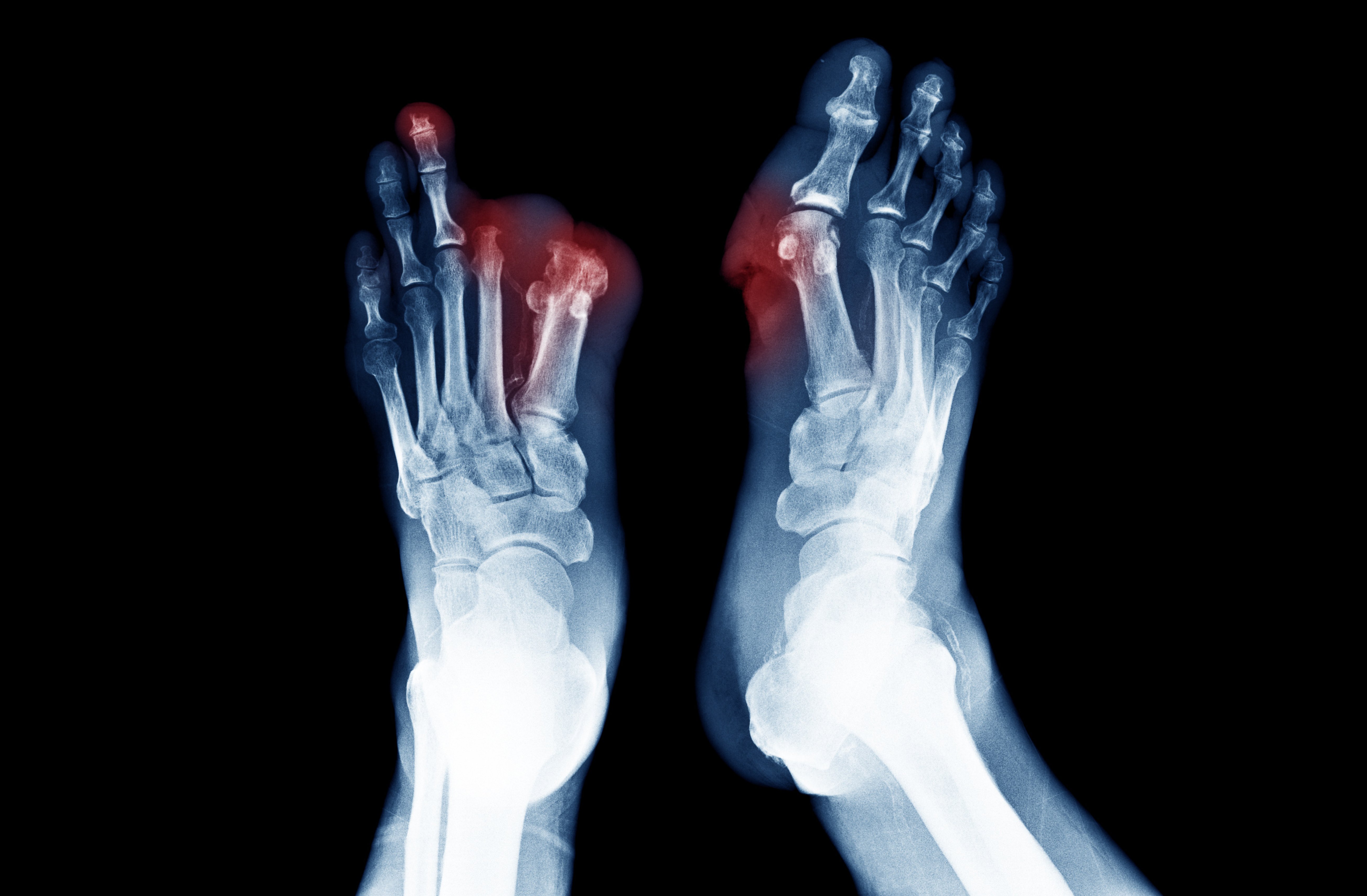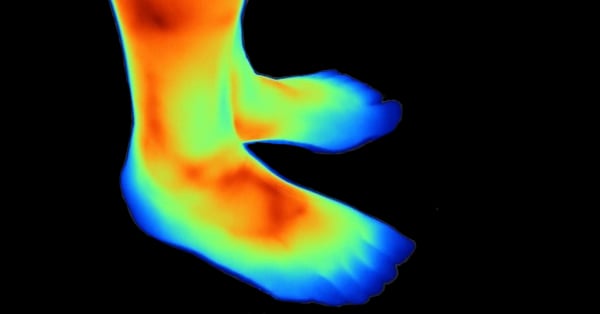Topics: Peripheral Artery Disease, Atherosclerosis, Lumivascular, Leg pain
Peripheral Artery Disease (PAD) causes the arteries in your legs to narrow. And this is why a very common symptom of PAD is intermittent claudication.
Intermittent claudication is a sign of atherosclerosis. Atherosclerosis is the buildup of plaque in the arteries of your legs that reduces the amount of blood that reaches your extremities. This blockage makes it harder for a healthy blood flow to reach the legs and feet and can become very serious if not treated in time.
When you exert your muscles while walking in a store or gardening, your muscles need more blood. Since atherosclerosis is reducing the blood flow, intermittent claudication can cause pain, cramping, numbness, tingling, or weakness in a person’s limbs.
 Definition of Intermittent Claudication
Definition of Intermittent Claudication
Being introduced to new medical terms can help you understand the challenges of your condition. To help understand Peripheral Artery Disease, it is important to understand the definition of Intermittent Claudication.
Intermittent: Occurring at irregular intervals; not continuous or steady.
Claudication: A condition in which cramping pain in the leg is induced by exercise, typically caused by obstruction of the arteries.
Put together, Intermittent claudication can be defined as:
An aching, crampy, tired, and sometimes burning pain in the legs that comes and goes - it typically occurs with walking and goes away with rest - due to poor circulation of blood in the arteries of the legs.
Additionally, the word "claudication" comes from the Latin word, "claudicare" which means to limp.
Additional Symptoms Related to Intermittent Claudication
In addition to leg pain, there are a few other symptoms that may occur in conjunction with Intermittent Claudication. When atherosclerosis reduces the blood flow, you will find that the skin on your leg or foot might begin to appear shiny or blotchy. This can also cause the hair on your leg to fall off, or your feet may feel cold to the touch. Finally, you could develop sores on your legs or feet. Men who experience the symptoms of Intermittent Claudication due to Peripheral Artery Disease may become impotent and also experience erectile dysfunction as a symptom of PAD.

Who is Affected by Intermittent Claudication
Intermittent Claudication is more common in older adults and people who smoke. Not exercising regularly and carrying extra weight can also put someone at risk for developing the symptoms of Intermittent Claudication. Other conditions like diabetes, high blood pressure, or high cholesterol similarly have the potential for developing PAD and Intermittent Claudication. If claudication or certain kinds of heart disease run in your family, you have a greater chance of having it and should have a doctor check you for Intermittent Claudication and PAD.
Treatment of Intermittent Claudication
Treatment of Intermittent Claudication generally starts with conservative therapy. Getting exercise and incorporating walking into your everyday routine can help to slowly increase the distance you can walk without pain and reduce some symptoms. If you smoke, it is essential to stop smoking if you want to improve your symptoms. In fact, smoking significantly increases the risk of developing PAD, even more than having coronary artery disease.1
Your physician may prescribe medication for the management of Intermittent Claudication. The goal of these medications is to increase blood flow to the legs and reduce the ability of blood to clot in your arteries.
Lumivascular Atherectomy
When you develop atherosclerosis, the plaque is the root of the problem. Similar to a clogged water pipe under your house, you need someone to pull out the debris backing up your pipes if you want the water flow to return. A Lumivascular atherectomy does just that. Through a minimally invasive procedure, your physician can use a guidewire to reach your blockage and remove the plaque from your artery using Lumivascular atherectomy. One huge advantage to a Lumivascular atherectomy is that your physician can see – yes, see, inside – your artery. This helps them to see and remove the plaque without injuring the healthy lining of your arteries which increase the risk of developing blockage in the artery again.
Take Action:
Find a Lumivascular physician in your area
Patient Story: Watch how Gabrielle overcame leg pain due to PAD
Learn more about Lumivascular atherectomy
If you have found this article helpful, please don’t forget to share
References
- Lu, et al. The Relationship of Cigarette Smoking to Peripheral Arterial Disease. Rev Cardiovasc Med. 2004;5(4):189-193








